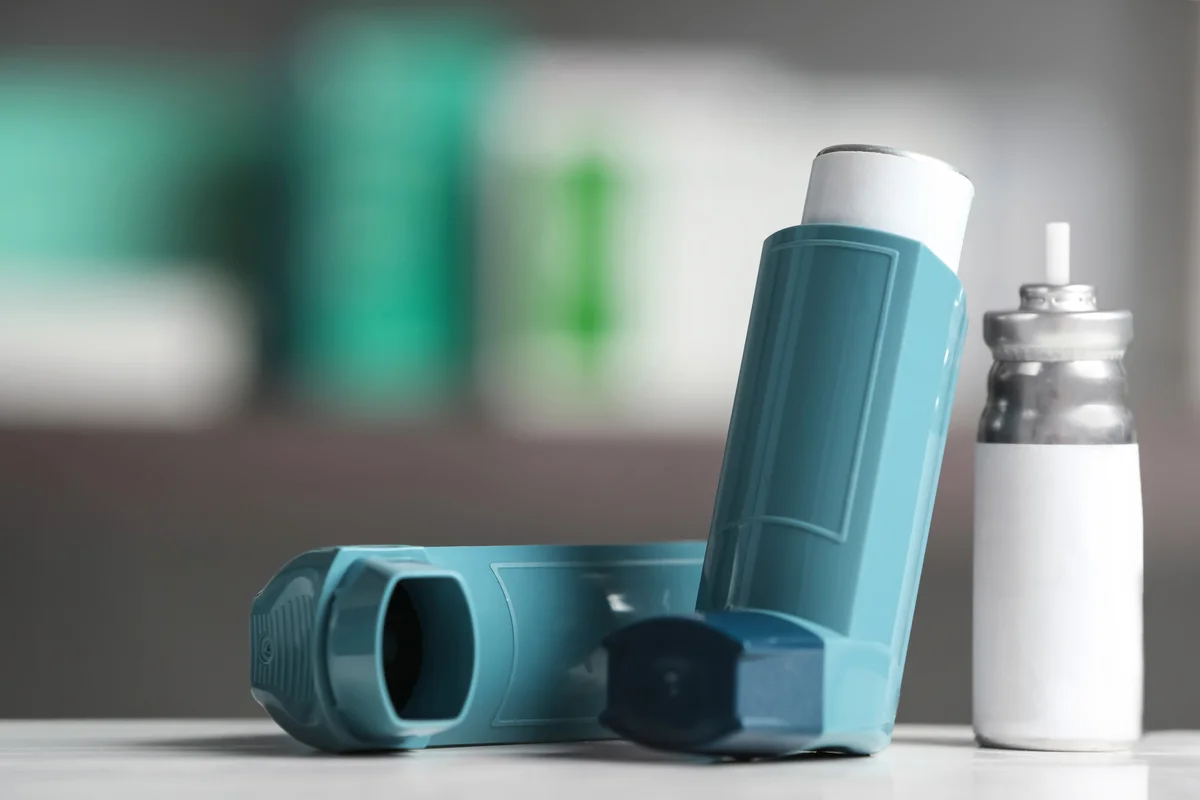Inhalers: A Comprehensive Guide

Inhalers are medical devices used to deliver medication directly to the lungs. They are commonly used to treat respiratory conditions such as asthma, chronic obstructive pulmonary disease (COPD), and cystic fibrosis. Inhalers work by releasing a measured dose of medication into the lungs, where it can help to relieve symptoms and improve lung function.

Types of Inhalers
There are several types of inhalers available, including:
- Metered-dose inhalers (MDIs): MDIs are the most common type of inhaler. They use a propellant gas to release a measured dose of medication into the lungs.
- Dry powder inhalers (DPIs): DPIs use a dry powder formulation of the medication, which is inhaled directly into the lungs.
- Nebulisers: Nebulisers are devices that convert liquid medication into a fine mist, which can be inhaled directly into the lungs.
- Breath-activated inhalers (BAIs): BAIs are a type of inhaler that release medication only when the user inhales.
_How to Use an Inhaler_
Using an inhaler correctly is essential to ensure that the medication is delivered effectively to the lungs. Here are the steps to follow:
- Read the instructions: Before using an inhaler, read the instructions carefully to ensure that you understand how to use it correctly.
- Prepare the inhaler: Remove the cap from the inhaler and shake it well to ensure that the medication is evenly distributed.
- Inhale slowly: Place the mouthpiece of the inhaler in your mouth and inhale slowly and deeply.
- Hold your breath: Hold your breath for 10 seconds to allow the medication to be absorbed into the lungs.
- Exhale slowly: Exhale slowly and repeat the process as directed by your healthcare provider.
_Benefits of Inhalers_
Inhalers have several benefits, including:
- Quick relief: Inhalers can provide quick relief from symptoms such as wheezing, coughing, and shortness of breath.
- Targeted delivery: Inhalers deliver medication directly to the lungs, where it can help to relieve symptoms and improve lung function.
- Convenience: Inhalers are portable and easy to use, making them a convenient option for people with respiratory conditions.
- Reduced side effects: Inhalers can reduce the risk of side effects compared to oral medications, as the medication is delivered directly to the lungs.
_Common Inhaler Medications_
Some common medications used in inhalers include:
- Bronchodilators: Bronchodilators, such as albuterol and salmeterol, help to relax the muscles in the airways and improve airflow to the lungs.
- Corticosteroids: Corticosteroids, such as fluticasone and budesonide, help to reduce inflammation in the airways and improve lung function.
- Combination inhalers: Combination inhalers, such as fluticasone-salmeterol and budesonide-formoterol, combine a bronchodilator and a corticosteroid in a single inhaler.
_Inhaler Safety Precautions_
When using an inhaler, it is essential to follow safety precautions to minimise the risk of side effects and ensure effective treatment. Here are some safety precautions to follow:
- Read the instructions carefully: Before using an inhaler, read the instructions carefully to ensure that you understand how to use it correctly.
- Use the inhaler as directed: Use the inhaler as directed by your healthcare provider, and do not exceed the recommended dose.
- Clean and maintain the inhaler: Clean and maintain the inhaler regularly to ensure that it continues to function effectively.
- Monitor your symptoms: Monitor your symptoms regularly and adjust your treatment plan as needed.
_Conclusion_
Inhalers are a common treatment option for respiratory conditions such as asthma, COPD, and cystic fibrosis. They work by delivering medication directly to the lungs, where it can help to relieve symptoms and improve lung function. By following safety precautions and using the inhaler correctly, individuals can minimise the risk of side effects and ensure effective treatment.





